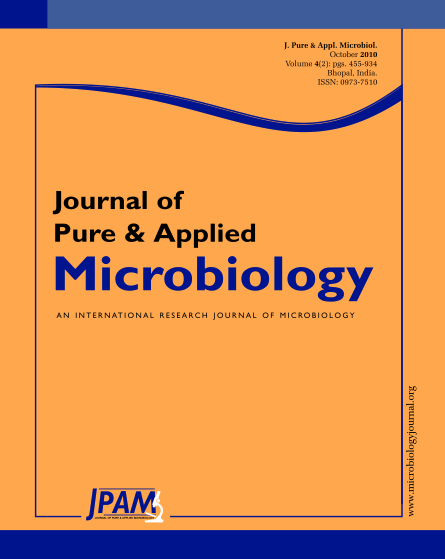The anti-microbial activity of extracts from different vegetative parts of two plant species found in Guyana was evaluated. The selected plants belong to two families: Sapindaceae: Talisia squarrosa; and Fabaceae: Mora gonggrijpii. The standard method was used to obtain plant extracts. The extracts were evaluated in independent bioassays against fungal and bacterial pathogens using different concentrations. The antimicrobial activities of Talisia squarrosa and Mora gonggrijpii were studied using the poison plate method, well diffusion method (antifungal activities) and streak plate method (antibacterial activities). Mora gonggrijpii showed 50% inhibition of fungus at concentration of 0.43g/ml. Phytochemical examination of Talisia squarrosa and Mora gonggrijpii revealed the presence of anthracenosides, tannins, anthocyanins, couramins, saponins and steroid glycosides. The activities displayed by the extracts can be attributed to the presence of these phytochemicals.
Talisia squarrosa, Mora gonggrijpii, antimicrobial activity, phytochemical analysis. Poison plate, Well plate diffusion
© The Author(s) 2010. Open Access. This article is distributed under the terms of the Creative Commons Attribution 4.0 International License which permits unrestricted use, sharing, distribution, and reproduction in any medium, provided you give appropriate credit to the original author(s) and the source, provide a link to the Creative Commons license, and indicate if changes were made.


